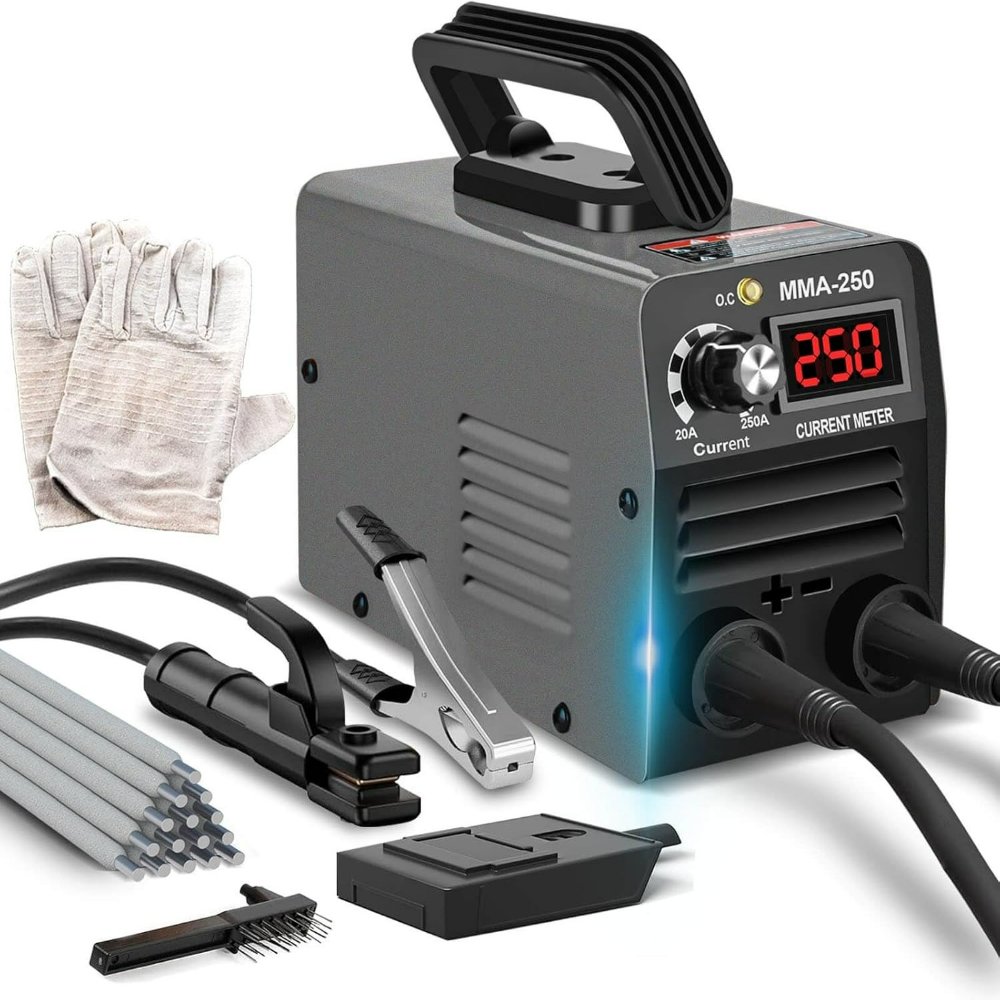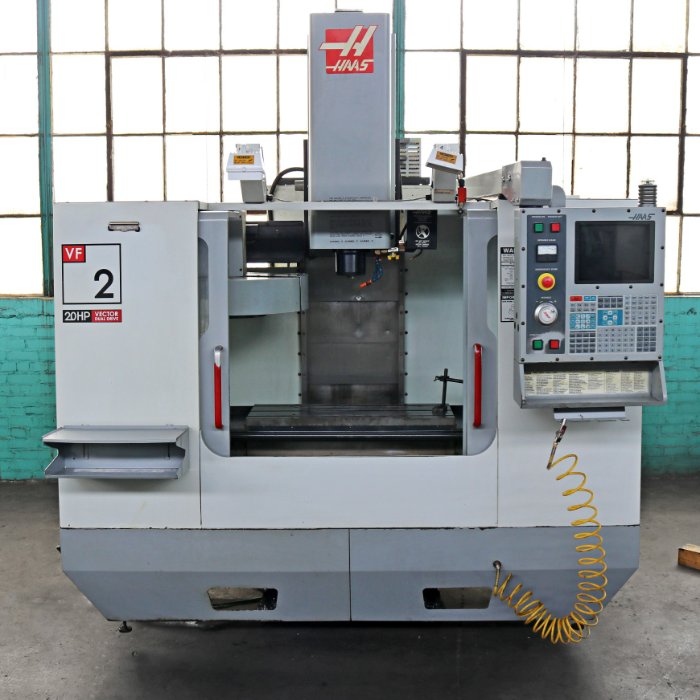Choosing the Right Welding Machine for Your Shop
Understanding Different Types of Welding Processes
Choosing the right welding machine starts with understanding the different welding processes. Each process suits different applications and material types.
MIG Welding Machines
MIG (Metal Inert Gas) welding machines are great for beginners. They use a wire feeding system and are quite versatile. MIG welders work well with thin to medium thickness metals. They are perfect for quick repairs and straightforward projects.
TIG Welding Machines
TIG (Tungsten Inert Gas) welding machines offer high precision. They are ideal for detailed work and thin materials. TIG machines need more skill but provide excellent control for professional results.
Stick Welding Machines
Stick welding machines or ‘Shielded Metal Arc Welding’ machines are robust and portable. They can handle rusty or dirty materials. These machines are common in construction and are good for heavy-duty jobs.
Flux-Cored Arc Welding Machines
Flux-Cored Arc Welding machines are similar to MIG machines. But they don’t need an external shielding gas. They are good for outdoor work where wind can disperse gas. Flux-Cored machines also handle thicker materials well.
![]()
Factors to Consider When Choosing a Welding Machine
When selecting a welding machine for your shop, there are several crucial factors to keep in mind. These factors will help you find a machine that fits your specific welding needs. Let’s look at the key considerations.
Material Compatibility
First, consider the materials you will weld. Different welding machines work better with certain materials. For example, if you work with aluminum, you might prefer a TIG welding machine for its precision. Ensure the machine you choose can handle the types of metals you plan to weld.
Power Requirements and Electrical Outlets
Your shop’s power capabilities are essential. Check the voltage and amperage requirements of the welding machine. Some machines might need special outlets or power sources. Make sure your shop can provide the power needed for the machine to operate safely and efficiently.
Duty Cycle
The duty cycle refers to how long a machine can operate without a break. A higher duty cycle means longer continuous welding. If your projects require extensive welding time, consider a machine with a high duty cycle. It will let you work more without stopping to cool down.
Portability and Size
Consider the space in your shop and how often you’ll move the machine. If you have limited space or need to transport the machine, look for compact and portable options. Some welding machines come with wheels or are lightweight for easy movement.
User Skill Level
Your experience with welding influences your machine choice. Beginners might find a MIG welding machine user-friendly. More advanced users who need finesse and precision might lean towards a TIG welding machine. Choose a machine that matches your skill level for the best experience.
![]()
Evaluating Welding Machine Features
Once you understand the basic types of welding machines and the necessary factors to consider, it’s time to dive into the specific features that can make a difference in your work. These features can greatly affect the performance, ease of use, and safety of the welding equipment.
Adjustable Amperage Range
A welding machine with an adjustable amperage range offers flexibility for various projects. It allows you to adapt the power output to match the requirements of different materials and thicknesses. Look for a machine that allows for fine-tuning so you can achieve the best welds on every task.
Digital Displays and Controls
Modern welding machines often come with digital displays and controls. These features provide precise adjustments and real-time feedback on the welding process. They make it easier to monitor settings and changes, leading to more consistent results and a better overall welding experience.
Thermal Overload Protection
Thermal overload protection is a critical safety feature for any welding machine. This feature automatically shuts off the machine when it overheats to prevent damage to the components. It’s a must-have to ensure the longevity of your machine and to enhance your work environment’s safety.
Availability of Accessories
Accessories for a welding machine can expand its versatility and improve its functionality. When evaluating different models, check if they come with or support accessories like different types of welding guns, tips, and wire feeders. The availability of quality accessories can significantly impact your welding machine’s capability to handle diverse projects.
Assessing the Cost vs. Performance of Welding Machines
When considering which welding machine to buy, cost versus performance is a big decision. This aspect can impact both your short-term budget and long-term value.
Initial Purchase Price
Think about the initial cost of the welding machine. Cheaper models may seem appealing, but assess their quality. A low price might mean more repairs or a shorter lifespan. Balance your current budget with the need for a reliable machine.
Long-Term Operating Costs
Factor in the operating expenses. This includes power consumption, replacement parts, and consumables like welding wire. High-quality machines often use less energy and have durable parts, saving money over time.
Machine Longevity and Warranty
Consider how long the welding machine is likely to last. Durable machines might cost more upfront but often have longer warranties and require fewer replacements. Check warranty terms to understand what’s covered. A solid warranty can be a sign of a manufacturer’s confidence in their product.
![]()
Understanding the Importance of Brand and Model Reliability
When choosing a welding machine, the brand and model reliability are crucial. Reliable brands usually offer consistent performance and robust customer support. Let’s delve into the factors that highlight the importance of choosing a trustworthy brand.
User Reviews and Recommendations
User reviews are invaluable for gauging the reliability of welding machines. Positive reviews and high ratings usually indicate a good investment. Look for reviews that highlight long-term use and any post-purchase support experiences. Recommendations from other users, especially professionals, offer authentic insights into the machine’s performance and durability.
Professional Endorsements
Endorsements by professionals in the welding field can significantly influence your decision. A welding machine endorsed by industry experts generally denotes high quality and reliability. Such professional endorsements mean the machine has been tested under rigorous conditions and has met higher standards.
Brand Reputation and Support
A reputable brand is often synonymous with reliability. Brands with a history of quality products usually have better customer support. Check how responsive they are to customer queries and their policy on warranties and repairs. Reliable support from the brand can make maintenance and troubleshooting much easier, ensuring the machine’s longevity.
Safety Precautions and Best Practices in Welding
Safety is key in any welding project. To protect yourself and others, follow these guidelines.
Personal Protective Equipment
Before you start welding, gear up with the right protection. This includes a helmet with a proper filter shade to shield your eyes from bright arcs. Durable gloves are a must to protect your hands. Also, wear a fire-resistant jacket, long pants, and boots to cover exposed skin and prevent burns.
Workspace Ventilation
Proper ventilation is important to avoid inhaling harmful fumes. Make sure your workspace has good airflow. Use exhaust hoods or fans near the welding area. If possible, weld outdoors or in well-ventilated spaces to reduce fume buildup.
Regular Maintenance and Care
Keep your welding machine in top shape with regular checks. Clean it often to prevent dirt and grime buildup. Check for loose connections or damaged parts before starting your work. After use, store your machine in a dry, safe place to avoid rust and wear.
Where to Buy Welding Machines
Finding the right place to buy a welding machine is as important as selecting the machine itself. Various options offer different advantages, catering to your specific needs.
Authorized Dealers
Authorized dealers are your go-to for reliable purchases. They have direct links with manufacturers. This means you can trust the products they sell. They often provide full warranties and excellent after-sales support. It’s a smart choice, especially for first-time buyers or those needing extra guidance.
Online Marketplaces
Online marketplaces offer convenience and variety. With just a few clicks, you can access countless welding machine options. Compare prices and features from the comfort of your home. But remember, check the seller’s ratings and review the return policy. This way, you make sure your investment is safe.
Local Hardware and Welding Supply Stores
Local stores may have a limited range, but they offer personal interaction. You can get hands-on with the machines and ask questions directly to knowledgeable staff. Often, you can get good deals and immediate availability. Supporting local businesses also helps your community.

